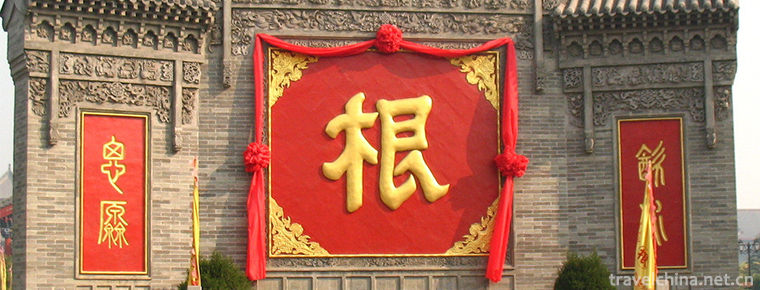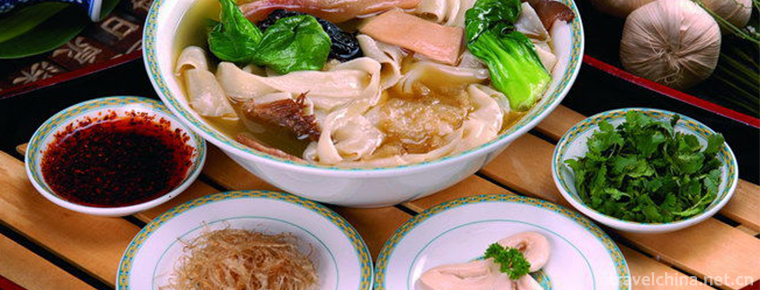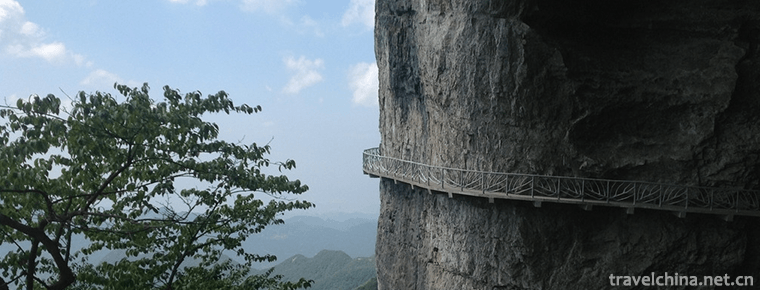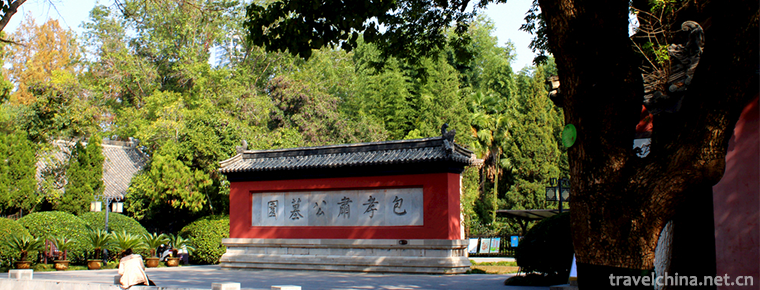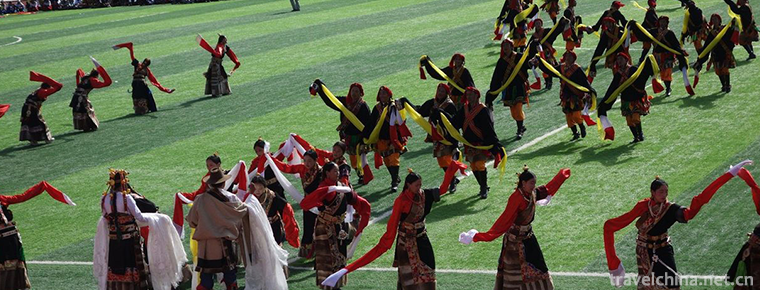Shandong Huagu
Shandong Huagu
Shandong Huagu is a traditional folk art form with Huagu as the main accompaniment instrument. It is also the only type of walking songs in Shandong folk art. Shandong Huagu is very good at expressing the short life stories of parents, that is, the so-called "needle and thread bamboo sticks". Shandong Huagu derives a variety of local operas, such as two-chord, four-level tune, five-tone opera, Liuqin opera, Maoqiang opera, Yiguo opera, etc. It is the direct mother of many kinds of operas and has had an important impact on the development of Shandong local operas. In 2006, it was listed in the first batch of intangible cultural heritage in Shandong Province.
On November 11, 2014, Shandong Huagu was listed in the fourth batch of national intangible cultural heritage list with the approval of the State Council.
Historical Origin
Shandong Huagu is very good at expressing the short life stories of parents, that is, the so-called "needle and thread bamboo sticks". Since Yuan and Ming Dynasty, because of the interesting language and many flirtatious content, it has often been banned as "lewd words" by the government, but it is popular among the people. In the southwestern part of Shandong Province, there is a folk song: "Flower Drum enters Zhuangzhuang, family does not drink soup (dialect is dinner)." It means that every household goes to listen to flower drums, and everyone is so fascinated that they don't even eat dinner.
In the Southern Song Dynasty, there were records of flower drums in Shandong Province. A survey of Shandong Quyi artists registered in the 1950s shows that in the mid-Qing Dynasty, Huagu was active in the border areas of Shandong, Jiangsu, Henan and Anhui provinces. Among them, the popular flower drums in Shandong can be roughly divided into three routes. They develop northward and eastward with the southwest of Shandong as the center. They are all artistic forms such as folk ditties and dances. They absorb and combine with each other to form different artistic styles, resulting in a variety of local operas, such as two-chord, four-level tune, five-tone opera, Liuqin opera, Maoqiang opera and one-hook.
The popular "South Road" of Shandong Huagu in the southwest of Shandong Province, such as Heze, eventually evolved into two kinds of operas in the late Qing and Xianfeng dynasties. However, the flower drum, a form of rap and singing based on Heze dialect, has not disappeared, and has always been in line with the performance of traditional operas. It is one of the important forms of cultural entertainment for the people of Heze for a long time, and still retains its original flavor.
representative figure
Referring to Shandong Huagu, we can not but mention the late artist Du Xueshi's poems. Reporters in the interview, the most heard is his artistic name "Black Cloud". Du Xueshi (1900-1976), Ding Tao Ren, 12-year-old Baipei County flower drum artist "half bowl of honey" as a teacher, the main role, 18-year-old in the southwest of Shandong Province, emerging, often singing in the bookstore of Jining Tushan miscellaneous eight places, or four townships to gather in the stalls.
The performances such as Chen Sanliang Climbing Hall, Li Yanming, Flower Hall Club and Jizhou Visit were welcomed by the audience, especially young women. His voice is clear and his performance is moving. Because of his dark skin and excellent art, the audience gives the sign "Black Cloud" intimately. In the southwest of Shandong Province, there is a saying that "no one can suppress the black clouds when they come from the South or the north".
Du Xueshi married Lin Shuying during his stay in Jining. Lin Shuying studied art with her husband and renamed Du Xuelian after her marriage. A few years later, she also gained a great reputation and became one of the "four famous figures" in the Huagu circles of Lu, Su, Henan and Anhui (Wang Guifang, Guo Zhenfang, Yin Yanxi and Du Xuelian).
Husband and wife in Heze, Jining and other places widely accepted disciples, "Black Cloud Class" performance more active. Later, Huagu Ban was banned on the charge of obstructing weathering, forcing "Black Cloud" and Huagu artists Xiaolanzi and Dalanzi from northern Jiangsu to form Huagu Ban Club, which moved to Shanghai Jockey Ground for performances, then transferred to Fuyang, Jieshou and Yanzhou, Tai'an, Liaocheng, Zibo, Dezhou and Jinan, renamed "Shandong Old Tune", "Shandong Dry Bang Bang", "Huagu Clove" and "Laobang Zibo". Continue to perform. When performing in Jinan, he once sang opposite stage with "Fresh Cherry" in Nangangzi. During the performance in the Grand View Garden, the audience presented the plaque of "Yiguan North China".
Audience group
Many villages in Yuncheng have flower and drum artists. Every year in the fallow season, flower and drum clubs can be seen in county towns and larger towns. So far, people there still love flower and drum.
Shandong Huagu does not have a strict pedigree of inheritance. Most of them are enthusiasts who teach by mouth and heart. Even if they succeed, few of them become professional actors. The scattered groups in leisure time do not re-inherit. They can sing together. Only a few professional performance clubs have a slightly standardized relationship of inheritance. Since the 1990s, with the death of old artists, the inheritance of flower drums is not continuous, many relatively active folk classes are declining, and the performances spontaneously organized by farmers are becoming less and less. In order to protect this intangible cultural heritage, the staff of the Museum of Art specially organized several local folk artists to perform in order to record audio and video materials for preservation.
Wang Fengjie, a 51-year-old villager in Dingbei Village, studied art with Xie Ruquan, a famous flower drum artist in Yuncheng. He recalled: "My master's Dream of Little Two Sisters is so tasty that people in nearby villages would like to listen to it and follow it." Often from the afternoon to the evening, young and old listen fascinated and forget to go home for soup. Miao Qingsuo, 32, and Peng Xianrong, 35, are husband and wife from the Miaohutong village of Yuhuangmiao Town, Yuncheng. Miao Qingsuo said that he sang as a child and followed the village's flower and drum troupe around Heze.
A man and a woman singing and dancing in pairs, rap, is the main performance form of Shandong Huagu. Since the Yuan and Ming Dynasties, flower drums have often been banned as "obscene lyrics" by the government, but they are deeply loved by the people in the folk.
Representative Works and Their Inheritance Significance
Shandong Huagu is very good at expressing the short life stories of parents, that is, the so-called "needle and thread bamboo slips", which can be seen from its basic repertoire "the Eight Old Books" - Toutang, Ertang, Succession of Wife, Huawall, Big Curtain, Second Curtain, Huajiao and Holding Brand. Most of the 140 pieces of Shandong Huagu music that have been preserved so far reflect the love stories of men and women and the moral and ethical stories of families. The repertoires that often appear are: Goodman Duan, Black Donkey Duan, Wang Po Cursing Chicken, An'an Sending Rice, Wang Xiao Catching Foot, Wang Gang Painting Temple, Zhu Maichen Divorcing Wife, Qiu Daguan, Wang Erjie Cutting Vegetables, Painting Shoes, etc. They are full of interest in life, and their lyrics are popular and vivid. They have a variety of studies, such as dialectology, sociology, Folklore and local culture. Value. Its words are mostly seven-character sentences and cross sentences, which seem to lack standardization. Only by careful study can the artists show their wisdom and achievements in using language, which shows the unique charm of folk art.

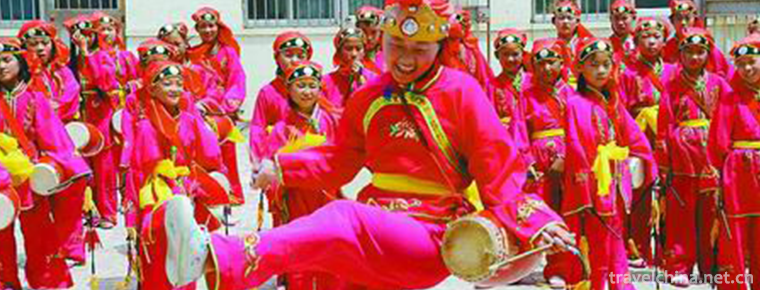
-
Hongtong Dahuaishu Ancestor Memorial Garden
Located in Hongdong County, Shanxi Province, Hongdong Dahuashu ancestor-seeking scenic spot is the only national sacrificial site with the theme of "root-seeking" and "ancestor-sacrific.
Views: 213 Time 2018-11-24 -
Zhengzhou Xiao Ji stewed noodles
Zhengzhou Xiao Ji stewed noodles,Xiao Honghe, the founder of Xiao Ji Yanmian, was a master of Yifumian at Changchun State-owned Hotel in Zhengzhou. .
Views: 177 Time 2018-11-26 -
Nanchuan Jinfo Mountain
Jinfo Mountain: World Natural Heritage, National AAAAA Tourist Scenic Spot, National Key Scenic Spots, National Forest Park, National Nature Reserve, National Natural Heritage.
Views: 272 Time 2018-12-12 -
Package Park
Baoyuan, or Baoyuan for short, is located at 72 Wuhu Road, Hefei City, Anhui Province. It was built in 1063, the seventh year of Jiayou in the Northern Song Dynasty. It was built in memory of Baozheng.
Views: 410 Time 2018-12-26 -
Drifting in Baotianbang Canyon
Baotianbang Canyon Drifting Scenic Area is located in Neixiang County, Nanyang City, Henan Province, which is an excellent tourist city in China. Baotianman is the only World Biosphere Reserve in Hena.
Views: 150 Time 2019-01-02 -
Xuanzhen Ancient Cave Ecotourism Area
Xuanzhen Gudong Ecotourism Area is located in the north of Qingxin County, about two kilometers away from Qingyuan City. The area of the whole scenic area is 7.8 square kilometers..
Views: 243 Time 2019-02-26 -
Comba Rai
"Kangbalayi" is a poetic language of communication between Tibetan men and women in Zhiduo County. It originated in Songzan Period of Southern Japan in the end of the sixth century..
Views: 131 Time 2019-05-08 -
Legend of Camel Spring
Camel Spring is a provincial key cultural relic protection unit and a patriotic education base. Located in Jiezi Township Unity Village, with convenient transportation and direct access to tertiary oi.
Views: 143 Time 2019-05-15 -
The technical skill of penjing
Bonsai art refers to the Soviet bonsai art, which originated in the Tang Dynasty, flourished in the Ming Dynasty, matured in the Qing Dynasty, and developed in modern times. Since the 1980s, Suzhou Bo.
Views: 236 Time 2019-06-09 -
Jiufeng Mountain Scenic Area
Jiufeng Mountain is located in Dabao Township in the northwest of Pengzhou. It is about 97 kilometers away from Chengdu, with an altitude of more than 3315 meters. It is the crown of Pengzhou mountains, a sacred and mysterious area.
Views: 221 Time 2020-11-05 -
Huanglongxi ancient town
According to the annals of Renshou County, the ancient name of Huanglong river is Chishui. According to the annals of Renshou County, Chishui River confluences with Jinjiang River. The water is brown and the river is clear..
Views: 181 Time 2020-11-06 -
Overview of Guangyuan
In 2019, the GDP of Guangyuan will reach 94.185 billion yuan, an increase of 7.5% over the previous year, which is the same as that of the whole province. Among them, the added value of the primary industry was 15.301 billion yuan, an increase.
Views: 350 Time 2020-12-15
